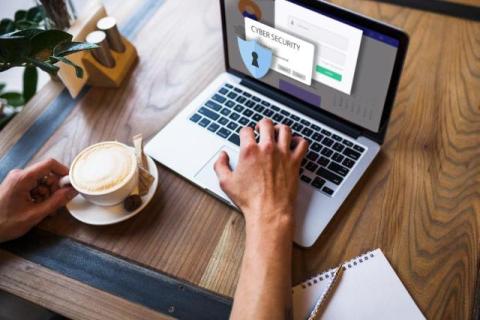Simplifying Zero Trust Security for AWS with Teleport
Speakers: Managing secure access has become a critical challenge for organizations using AWS at scale. Traditional security approaches, like passwords and virtual private networks (VPNs), are not sufficient to protect growing infrastructures while maintaining productivity. This webinar, "Simplifying Zero Trust Security for AWS with Teleport," explores how Teleport enables a modern, identity-first approach to AWS access.










